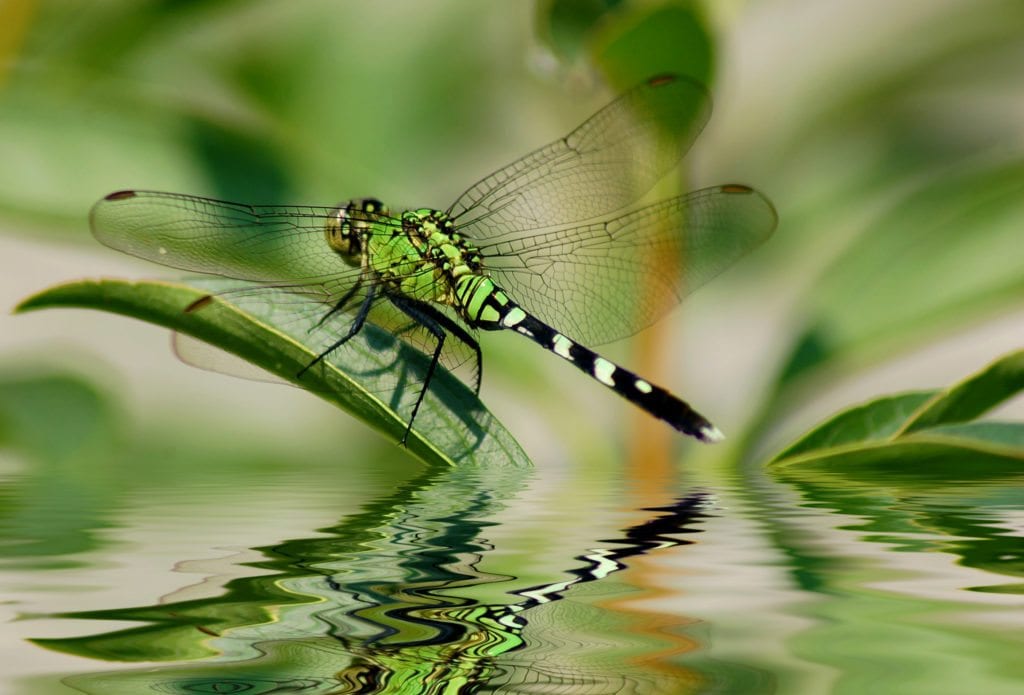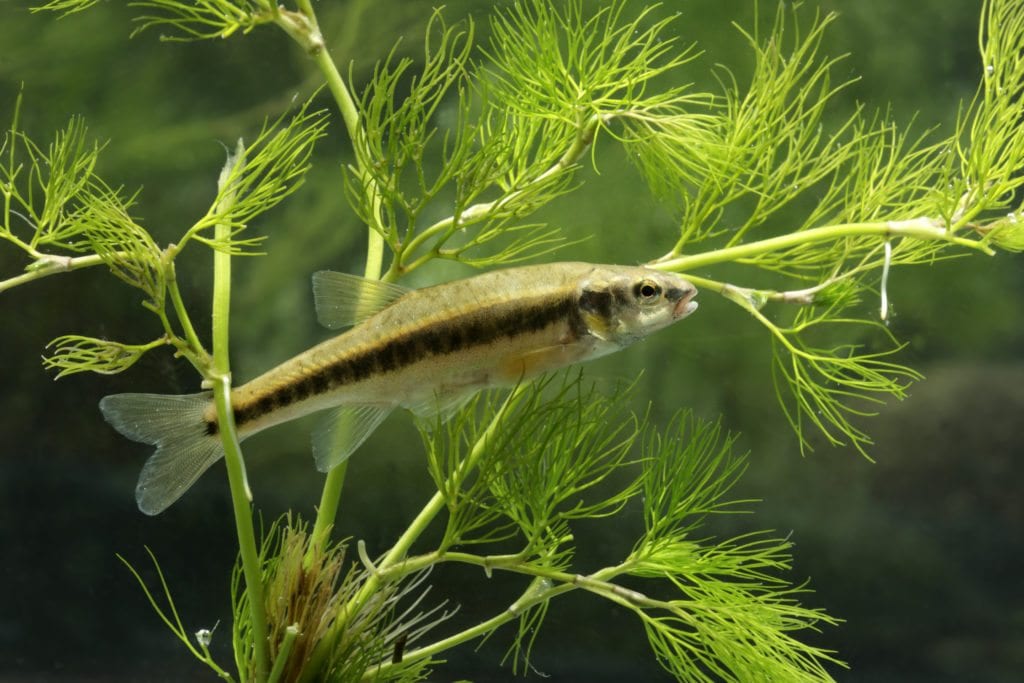Can you recognize a healthy organization when you see one? Do you know when your organization isn’t a good place for you to thrive? Why is it difficult for us to leave unhealthy workplaces? I have many friends and colleagues who have worked or are working in organizations where they aren’t thriving.
Nature runs on instinct. It doesn’t have consciousness the way people do, and it doesn’t let emotion interfere with the information and feedback that exists to provide an assessment of the surrounding ecology. People do have consciousness and emotions that can interfere with the signals we are receiving from a current or potential workplace. Are there lessons from nature that might help us recognize the signs of a healthy organization?

What we can Learn about Recognizing Healthy Organizations from Dragonflies
Dragonflies breed in water and spend time feeding and growing there before they crawl onto land and break out their wings. Because they need clean water and biodiversity to grow, their presence near water signifies that the water is clean. The dragonfly’s instinct is to recognize a healthy environment, so they can breed and support the life of the next generation. As humans, do we have the same instinct? Do we know, at some level, if our organization is a place that is healthy for us? And if we aren’t listening to our instincts, what is interfering with our ability to pay attention?
In one of my previous jobs, I kept hearing an inner voice tell me that “my job is killing me.” But the salary and benefits were good, so I didn’t listen. It took me 5 years to act on my inner recognition that my job was no longer a healthy place for me. If I had the instincts of the dragonfly, I would have left earlier.
A dragonfly’s survival requires healthy indigenous vegetation to provide oxygen and protect them before they start their transformation process from nymphs to adult fliers. For them, a healthy environment also lets them develop and evolve. Is your organization a place where you can grow and evolve?

Another Clean Environment Expert: the Pugnose Shiner
The Pugnose Shiner is another species that is an indicator of clean water. It is usually found in sheltered ponds, wetlands, stagnant channels and protected bays adjacent to larger bodies of water. The Pugnose Shiner requires clear water with abundant aquatic vegetation. Habitat degradation and loss is the principal threat to the life of this species. This species holds another lesson for us in recognizing a healthy living organization. They require a clean water environment to live, just like humans! They don’t go where the environment doesn’t support their life. Can we claim our right to work in an environment that supports life?
Riparian Buffers – Nature’s Health Filter
A riparian zone is the plant habitat that interfaces between land and a river or stream is a third indicator of clean water. Healthy riparian areas may have any combination of trees, shrubs, and grasses, depending on the local conditions. They produce vegetation that is lusher than the surrounding dry land because of better soils and water availability. The vegetative zone serves as a buffer to pollutants entering a stream from runoff, controls erosion, and provides habitat and nutrients to the life near and in the stream.

In healthy organizations, there are often culture carriers that help defend the health of the organization and they recognize when a behavior of a new leader or colleague is acting in a way that diminishes the existing health of the organization. Like the existence of riparian zones that maintain clear water, healthy living organizations need a critical mass of employees that help filter and block toxicity.
When dragonflies, Pugnose Shiners, and riparian zones are present in a water ecosystem, it is an indicator that the water in that area is clean and the ecosystem is healthy. These species and plant life require clean water to thrive, so their presence becomes an indicator of that health.
Why is it Easier for a Dragonfly or Pugnose Shiner Fish to Recognize a Healthy Environment?
If we applied the logic behind the presence of the dragonfly and Pugnose Shiner it would give us some hints of what to look for in a potential workplace. For example, the dragonfly and Pugnose Shiner both need clean water to live and thrive. They die without it. This would suggest that as human beings, we each need to ask ourselves what kind of environment we need to thrive, and conversely, what kind of environments are not healthy for us?
Sometimes answering these questions challenge us. What if we realize that our current job is slowly killing us? Are we prepared to act to move to a place where we can grow and live? Or are we too focused on the money we need to feed ourselves, pay our bills, or the attraction of the status quo? Do we think hurting ourselves each day in the workplace is a reasonable exchange for what we are receiving? And if we can’t leave our current organization, what are the ways we can create pockets of health within the larger organization? Can we use the idea of a riparian zone to create a buffer between our team and the organization?
I believe we need to raise our expectations about our work environments. Why do we accept toxic workplaces as business as usual? We are experiencing talent shortages currently that will only get bigger in the future. I believe those organizations who intentionally create, lead, and protect healthy living organizations will have a major advantage in a future where people can choose the kind of workplace in which they wish to work.
Dr. Kathleen E. Allen writes a blog on leadership and organizations that describes a new paradigm of leadership that is based on lessons from nature and living systems. She is the author of Leading from the Roots: Nature Inspired Leadership Lessons for Today’s World (available for pre-order on Amazon) and President of Allen and Associates, a consulting firm that specializes in leadership, innovation, and organizational change. You can sign up for her blog on her website: www.kathleenallen.net






Thank you.
Kathleen wonderful close friend & exmanager David Erskine told me about your book! So excited to read!
This is such a beautifully written article, Dr. Allen! Thank you for taking the time to share your insights with the world. Blessings!